AI Frameworks Worth Your Time: Cut Through the Noise
4 May 25 

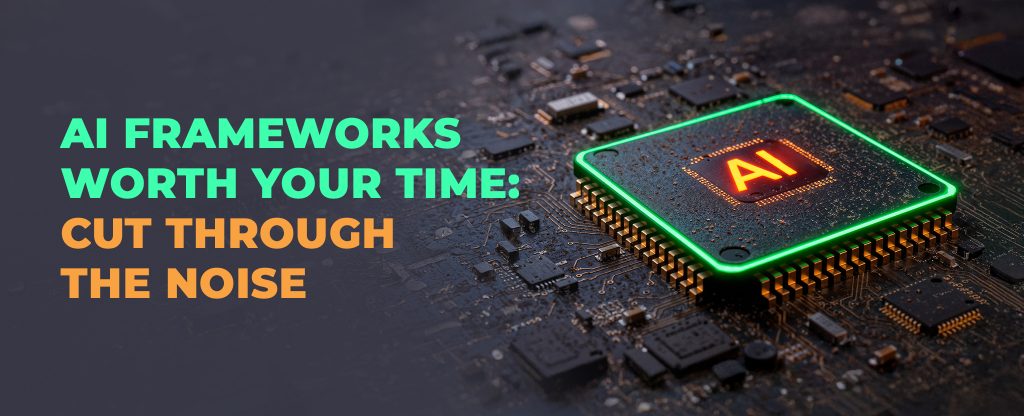
We stand at the threshold of an unprecedented technological transformation. Artificial intelligence has transcended laboratory boundaries and now permeates virtually every aspect of modern existence—from our homes and smartphones to automotive technology and industrial operations. What once seemed futuristic is now firmly embedded in our daily reality.
Consider the scale of this transformation: the global AI market is projected to reach $757.58 billion in 2025. This explosive growth is not merely theoretical—it’s reshaping how businesses conceptualize, develop, and implement technology solutions across sectors.
How prepared is your organization to harness this transformative potential?
The integration of AI capabilities has become non-negotiable for competitive differentiation, yet many enterprises struggle with fundamental questions around implementation strategy.
The Strategic Imperative of Framework Selection
Your choice of AI framework represents far more than a technical decision—it’s a strategic inflection point that will determine your capacity to innovate, scale, and deliver value in an AI-driven marketplace.
The right framework alignment can dramatically accelerate development timelines, enhance operational capabilities, and unlock unprecedented business intelligence. Conversely, misalignment can lead to costly development cycles, operational inefficiencies, and diminished competitive advantage.
What opportunities might emerge when your technology infrastructure aligns perfectly with your strategic objectives? How might your market position evolve when you deploy AI capabilities that your competitors cannot readily replicate?
Understanding the Framework Ecosystem
At its core, an AI framework provides the architectural foundation for developing and implementing sophisticated algorithms. These frameworks fall into two primary categories, each with distinct implications for your business strategy:
Open-Source Frameworks offer accessibility, collaborative innovation potential, and transparency. TensorFlow, PyTorch, Scikit-learn, and similar platforms provide access to model architecture, training datasets, and ongoing community-driven enhancements. These frameworks particularly excel when your organization prioritizes customization flexibility, ecosystem integration, and cost-efficiency.
Proprietary Frameworks like IBM Watson and Microsoft Azure AI deliver enterprise-grade performance, comprehensive support structures, and specialized capabilities. While these solutions typically require commercial licensing, they often provide unparalleled performance for complex, large-scale implementations where reliability and specialized functionality are paramount.
The selection process demands careful consideration of several critical factors:
Project Requirements and Strategic Alignment What specific business challenges will your AI initiative address? A conversational interface demands different capabilities than predictive analytics or image recognition. TensorFlow offers exceptional customization potential, while Scikit-learn prioritizes development efficiency. Proprietary frameworks often excel when performance consistency is non-negotiable.
Performance Parameters What performance metrics are critical to your implementation? Proprietary frameworks frequently deliver superior performance but require significant investment. Open-source alternatives offer compelling performance with greater financial flexibility—consider how Stability AI leveraged open-source architecture to develop its groundbreaking Stable Diffusion model.
Complexity Tolerance What is your organization’s technical maturity? Some frameworks present significant learning curves while others emphasize accessibility. LiteRT and TensorFlow Lite exemplify frameworks designed specifically for mobile deployment scenarios, demonstrating how targeted solutions can address specific technical contexts.
Scalability Requirements How will your AI implementation evolve over time? Frameworks like Apache Mahout and Microsoft CNTK deliver exceptional scalability, data processing capabilities, and accuracy—critical considerations as your implementation matures and expands.
Technology Integration How will your AI framework interact with existing technology investments? Modern implementations increasingly demand frameworks compatible with both CPU and GPU processing, enabling performance optimization without infrastructure overhauls.
The Framework Landscape: Leading Solutions for 2025
As you evaluate potential frameworks, consider these leading options that warrant serious consideration:
TensorFlow stands as Google Brain’s defining contribution to AI development—an open-source framework supporting deep learning, machine learning, and neural networks. Its adoption by organizations ranging from Netflix and PayPal to Sophia Genetics demonstrates its versatility across sectors. TensorFlow’s comprehensive documentation, expansive community, and exceptional compatibility with diverse computing environments make it particularly compelling for organizations prioritizing adaptability and scalability.
PyTorch, developed by Meta AI, delivers exceptional capabilities for research, scientific computing, and numerical operations. Its rich ecosystem and cloud platform integration (AWS, GCP, Azure) provide remarkable flexibility for computer vision and natural language processing applications. Leading organizations including Stanford University, Salesforce, and Amazon Advertising leverage PyTorch for sophisticated implementations.
Microsoft Cognitive Toolkit (CNTK) excels in developing machine learning prediction models, with particular strength in enterprise-level applications requiring computational power and seamless integration. Its compatibility with multiple programming languages and other frameworks creates a versatile foundation for sophisticated large-scale models.
Caffe distinguishes itself through modularity, expressiveness, and exceptional processing speed, particularly for GPU-based image processing. While its versatility for non-visual applications remains limited, its performance for visual computing applications makes it invaluable for specific use cases.
Keras provides a Python interface for artificial neural networks with remarkable integration capabilities across frameworks like Jax, PyTorch, and TensorFlow. Its clear structure and maintainable codebase make it particularly valuable for advanced research in neural networks, sentiment analysis, and language translation.
LangChain has emerged as a leading framework for prompt engineering and data-responsive applications. Its flexibility, extensive integration library, and scalability make it ideal for synthetic data generation, conversational AI, document analysis, and memory-capable AI systems.
CrewAI represents the cutting edge of multi-agent platforms, supporting multiple Large Language Models including Gemini, Claude, Mistral’s AI, and OpenAI’s GPT. Its applications range from marketing strategy and stock analysis to financial reporting and task automation.
LlamaIndex provides sophisticated orchestration capabilities for LLM applications, enabling data integration from diverse sources and maintaining vectorized data for efficient retrieval. Its extensive data loader library facilitates connections to specialized data sources and pre-built solutions.
OpenCV delivers real-time optimized computer vision capabilities with cross-platform compatibility across Windows, Linux, Android, and iOS. Its impact extends across surveillance, robotics, medical imaging, and mobile authentication systems.
Theano offers exceptional computational power for evaluating mathematical expressions, particularly those involving multi-dimensional arrays. Its precision and accuracy make it invaluable for complex matrix computations and mathematical modeling.
AI’s Transformative Impact Across Industries
The strategic selection of appropriate frameworks has enabled transformative implementations across diverse sectors:
Manufacturing has leveraged AI to develop sustainable, adaptive processes that streamline production, automate repetitive tasks, and optimize planning. These implementations reduce costs, minimize errors, and enhance workflow efficiency.
Financial Services represents one of the most mature AI implementation sectors, with a global market share of $42.83 billion. AI applications in this space include personalized wealth management, risk assessment, fraud detection, and process automation.
Marketing organizations increasingly rely on AI for content research, insight generation, decision optimization, and content creation. Nearly a third of marketing organizations have fully implemented AI, with another 43% actively experimenting with implementation strategies.
Sports and Gaming has witnessed remarkable AI adoption, with a market projected to grow from $2.2 billion in 2022 to $29.7 billion by 2032. AI applications extend from performance prediction and equipment enhancement to audience engagement and officiating support.
Automotive innovation continues to accelerate through AI implementation, with the automotive AI market expected to reach $7 billion by 2027. Advanced driver assistance systems represent just one application domain, enhancing safety, reducing driver fatigue, and preventing accidents.
Cybersecurity professionals increasingly leverage AI capabilities, with 70% using AI for threat detection and 67% implementing AI for pattern-based security rule creation. These implementations have become essential as organizations confront sophisticated AI-enabled attacks.
You may also read How much does it cost to develop an AI app in 2024?
Transforming Vision into Implementation
The selection of an appropriate AI framework represents a critical strategic decision that will shape your organization’s capabilities, efficiency, and competitive differentiation. The frameworks outlined here provide diverse capabilities suited to specific implementation contexts and business objectives.
What possibilities might emerge when you align your unique business vision with the ideal AI framework? How might your market position evolve when you deploy capabilities that perfectly complement your strategic direction?
The transformative potential of artificial intelligence has moved beyond theoretical discussion—it now represents an implementation imperative for forward-thinking organizations. The question is no longer whether AI will transform your industry, but rather how strategically you’ll harness its capabilities to drive meaningful business outcomes.
Have you identified the specific capabilities that would deliver maximum value to your organization? Are you prepared to translate strategic vision into technical implementation?
- Agentic AI1
- Android Development3
- Artificial Intelligence31
- Classified App3
- Custom App Development5
- Digital Transformation12
- Doctor Appointment Booking App14
- Dropshipping1
- Ecommerce Apps40
- Education Apps2
- Fintech-Apps37
- Fitness App4
- Flutter4
- Flutter Apps20
- Food Delivery App5
- Grocery App Development1
- Grocery Apps3
- Health Care10
- IoT2
- Loyalty Programs9
- Matrimony Apps1
- Microsoft1
- Mobile App Maintenance2
- Mobile Apps126
- Product Engineering6
- Progressive Web Apps1
- React Native Apps2
- Saas Application2
- Shopify9
- Software Development3
- Taxi Booking Apps7
- Truck Booking App5
- UI UX Design8
- Uncategorized6
- Web App Development1









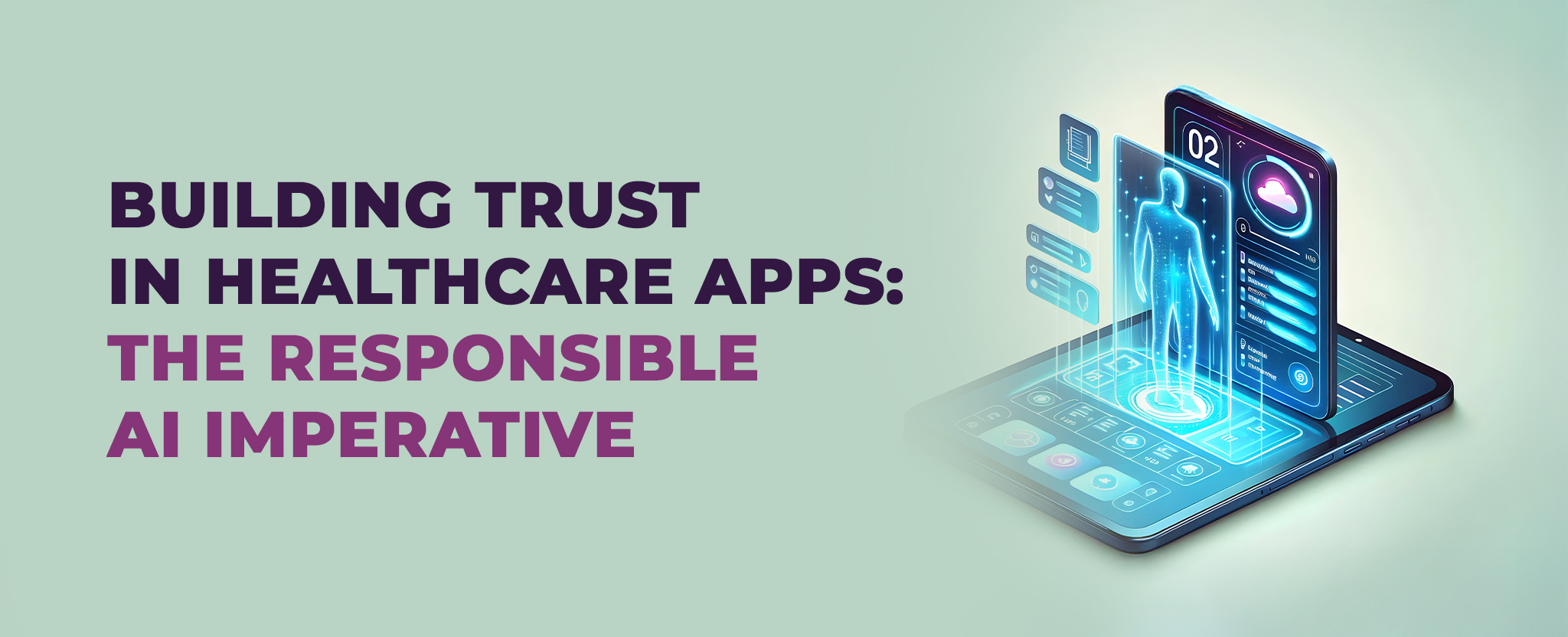
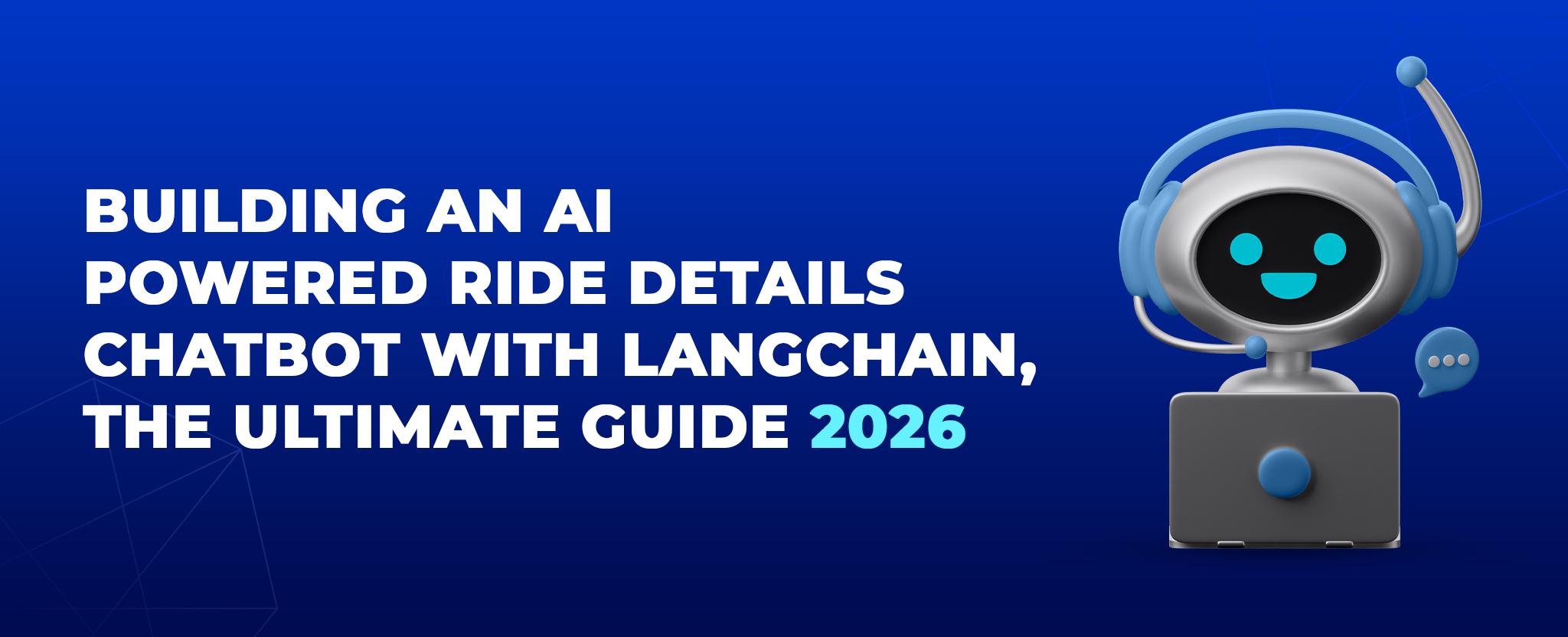
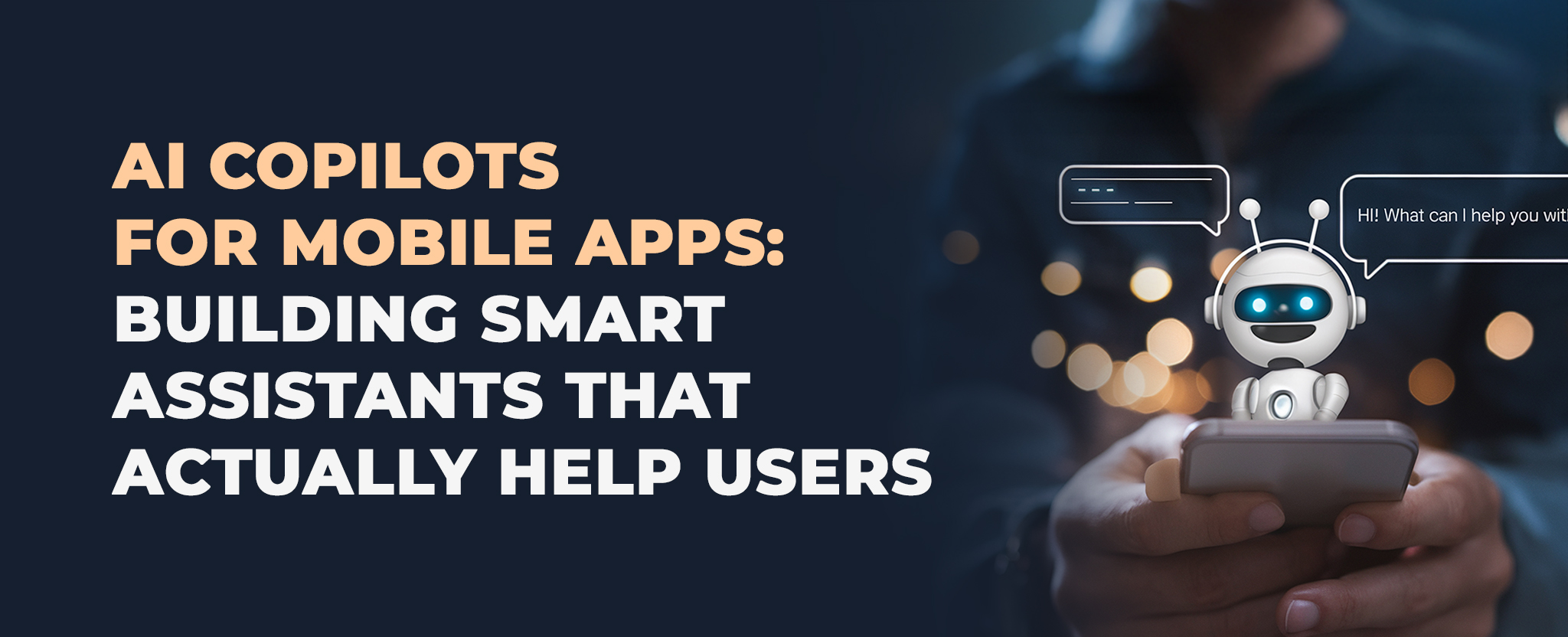
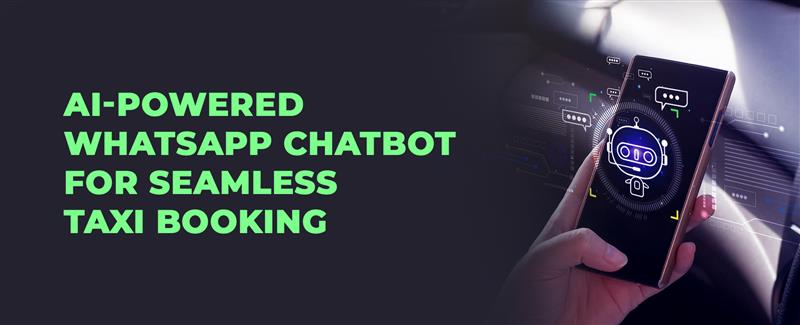






Comments